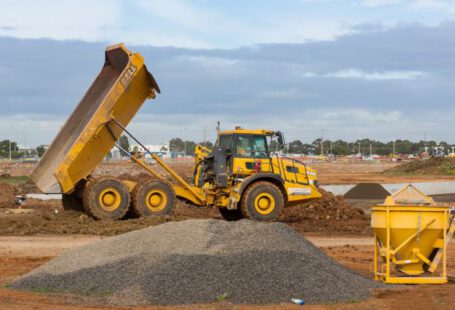The use of lifting equipment is becoming increasingly widespread in many industries. From construction and manufacturing to warehousing and logistics, lifting equipment has become an invaluable tool for lifting, moving and handling heavy or awkward loads. Despite its widespread use in many industries, there are still some misconceptions about the importance, types and safety measures of lifting equipment. This article is a guide to lifting equipment and aims to provide a comprehensive overview of the importance, types and safety measures of lifting equipment.
Importance of Lifting Equipment
The use of lifting equipment is essential for any operation that requires the handling of heavy or awkward loads. From lifting large items onto shelves to moving materials around a warehouse, lifting equipment can help to reduce the physical strain on workers and improve the overall efficiency of an operation. Furthermore, lifting equipment can help to reduce the risk of injury and improve safety within a workplace. By using lifting equipment, workers can avoid the potential risks of back and muscle strains that could be caused by manually lifting heavy objects.
Types of Lifting Equipment
There is a wide range of lifting equipment available on the market, designed to suit a variety of applications. Some of the most commonly used types of lifting equipment include:
- Cranes – Used for lifting and moving large and heavy items. Cranes are available in a range of sizes and configurations, from small portable cranes to large overhead cranes.
- Hoists – Used for lifting and moving heavy items. Hoists come in a range of sizes and configurations, from manual hoists to electric hoists.
- Forklifts – Used for lifting and transporting heavy items. Forklifts are available in a range of sizes and configurations, from small manual forklifts to large electric forklifts.
- Manual handling aids – Used for lifting and moving items in a controlled manner. Manual handling aids come in a range of sizes and configurations, from small trolleys to large pallet lifters.
Safety Measures for Lifting Equipment
Safety is paramount when using lifting equipment, and there are a number of measures that should be taken to ensure the safety of workers. These include:
- Ensuring that the equipment is properly maintained and inspected on a regular basis.
- Ensuring that the operators are properly trained and certified.
- Ensuring that all safety procedures and protocols are followed.
- Ensuring that all operators use the correct personal protective equipment (PPE).
- Ensuring that the lifting equipment is used in a safe and controlled manner.
In addition to these measures, it is also important to ensure that the working environment is suitable for the use of lifting equipment. This includes ensuring that the floor is level and free from obstructions, that the area is well-lit and that there is adequate ventilation.
Conclusion
This article has provided a comprehensive overview of the importance, types and safety measures of lifting equipment. It is essential that all safety measures are followed when using lifting equipment in order to ensure the safety of workers and to prevent injury or damage. By following the safety measures outlined in this article, employers can ensure that their lifting operations are compliant with applicable regulations and are safe for their workers.






